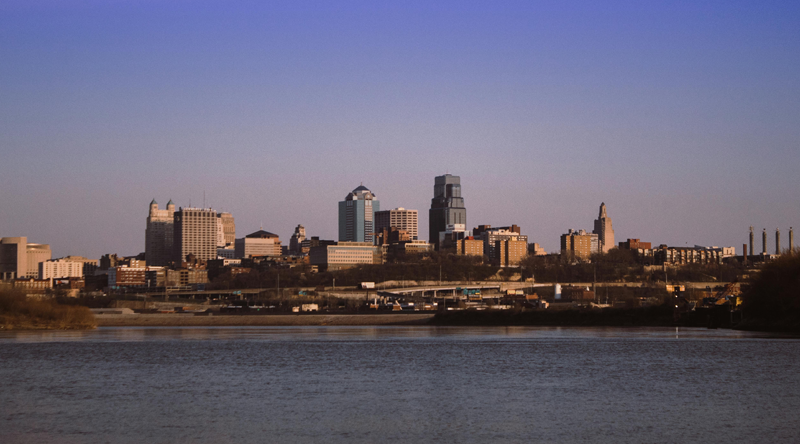JE Dunn Taking Lead on Kansas City Courthouse Improvements
By CN Staff
KANSAS CITY, Mo.—In early February the U.S. General Services Administration (GSA) announced the award of a $62.4 million contract to JE Dunn Construction Company for building improvements at the Charles E. Whittaker U.S. Courthouse as part of the White House’s Investing in America Agenda. The federal courthouse in Kansas City, Missouri, will undergo a repair and restoration project with the installation of low embodied carbon (LEC) materials that will increase efficiency and overall performance of the building. Construction was slated to begin in late February.
The announcement furthers the Buy Clean Initiative, under which the federal government is, for the first time, prioritizing the purchase of asphalt, concrete, glass and steel that have lower levels of greenhouse gas emissions associated with their production, use and disposal. These investments aim to expand America’s industrial capacity for manufacturing goods and materials of the future, tackle the climate crisis, and create good-paying jobs for workers in the region.
The $62.4 million investment under the Inflation Reduction Act (IRA) is part of a larger $96 million project for a complete window replacement and related roof repairs. A key portion of the glass is made in Carlisle, Pennsylvania, by Vitro Architectural Glass. This glass meets one of the limits (top 40%) established in GSA’s IRA Low Embodied Carbon Material Requirements for flat glass. The product meets the courthouse’s efficiency, performance, and aesthetic needs while generating fewer emissions from manufacturing, with a third-party verified global warming potential of 1,350 kilograms of carbon dioxide equivalent per metric ton. GSA will procure the remainder of the glass over the next 18 months.
“We’re excited to be working with American manufacturers who are creating innovative products, driving sustainability, and creating good-paying manufacturing jobs here at home,” said GSA Administrator Robin Carnahan. “American industry is proving that they can accomplish all three of those important goals and the federal government is looking forward to seeing even more products like this in the market.”
This project will improve comfort, security, and safety while reducing energy costs by installing 100,000 square feet of new, low-embodied carbon glass windows and skylights, which is the size of two football fields. It will improve energy efficiency of the Whittaker Courthouse by upgrading the roof and replacing a deteriorating curtain wall, including windows and seals. The project is also estimated to create over 300 jobs over its approximate 27-month duration.
Additionally, the new windows will improve the thermal protection for the building, and provide an additional 2.6% whole-building annual energy savings. By using low embodied carbon materials, the project will avoid an estimated 38 metric tons of carbon dioxide equivalent.
“Opportunities for sustainable improvements that lower carbon emissions, like those at the Whittaker Courthouse, are exactly what the Inflation Reduction Act was intended for,” said Congressman Emanuel Cleaver, II.
“This project will bring local jobs, boost the economy and help reduce carbon emissions,” said Kansas City Mayor Quinton Lucas. “This will mean a cleaner, greener, and more sustainable building in Kansas City and more jobs for local labor.”
“JE Dunn Construction is honored to be a part of this project and to continue our decades-long relationship with the GSA,” said Ryan Watzke, Vice President, JE Dunn Construction. “We share in GSA’s commitment to construction innovation and to providing federal employees and agencies with high-performing facilities, and we are thrilled to help them execute their mission.”
The Inflation Reduction Act includes $3.4 billion for GSA to build, modernize, and maintain more sustainable and cost-efficient high-performance facilities. This IRA funding includes $2.15 billion specifically for low embodied carbon construction materials. GSA’s IRA projects will implement new technologies and accelerate GSA’s efforts in achieving a net-zero emissions federal building portfolio by 2045. Through these investments, GSA estimates that it could reduce carbon emissions by 2.3 million metric tons, the same amount that 500,000 gasoline-powered passenger vehicles produce each year.

